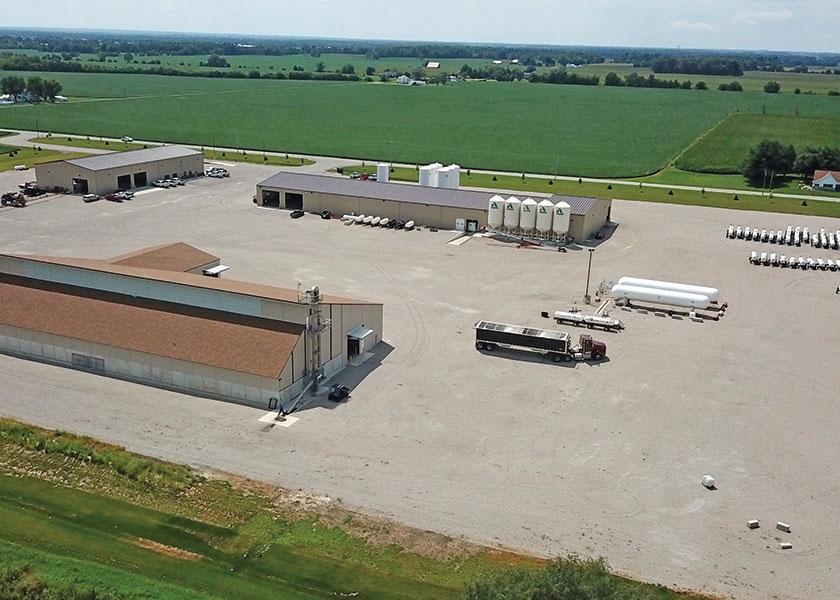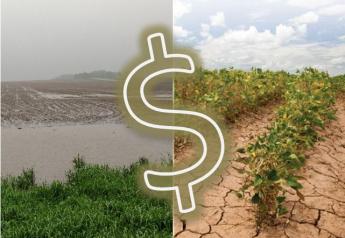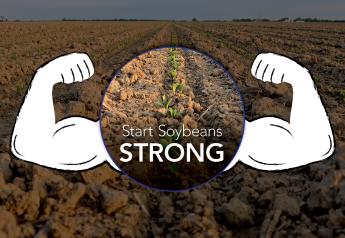Input Outlook for 2021

2021 is just around the corner and given income or tax considerations it might be time to think through input decisions for the new year.
Even with everything that’s happened in 2020, supplies of major inputs appear to be stable.
Little COVID-19 Hangover
“The supply chains have held up pretty well, so we don’t really have any supply concerns headed into next year,” says Sam Taylor, farm inputs analyst for Rabobank.
Specific to the Corn Belt, Jim Hedrick, general manager of Sagamore Ag Source, says he hasn’t seen any issues with accessing fertilizer or chemicals. Some products are coming in at lower costs than what farmers saw even this past spring.
“Even though we’ve drawn down inventories at retail and wholesale warehouses in the Midwest, restocking has been going on and we should be in a good position going into the spring,” Hedrick says.
Fertilizer
Fertilizer availability, however, is showing big differences depending on the kind of nutrient you need.
In early November, Hedrick says, nitrogen products and potassium were at multiyear lows. This equals good opportunities to secure 28% or 32% UAN, urea and ammonia.
“There’s strong demand out of Brazil and India, but you’ve also seen a huge amount of urea inventory at ports in China,” Taylor says.
However, phosphates could be a different story, as supply challenges are driving up prices.
“Early summer, a request was made to the U.S. Commerce Department to investigate imports,” Hedrick says. “What that did was limit imports and allowed the U.S. prices to move up significantly.”
Phosphate is $100 to $120 per ton higher now than in May. Future prices will depend on a decision from the Commerce Department regarding countervailing duties.
Seed and Chemicals
No concerns have surfaced about seed availability, Taylor says. Farmer behavior could be contributing to that assurance in supplies, at least on the chemical side.
“In a corn-bean rotation over a two-year period, you might see as high as seven or eight different modes of action a farmer uses,” Hedrick says. “That has actually spread out demand where just a few years ago we were more vulnerable to issues with supply.”
To learn more on what experts are seeing in terms of input markets, visit FarmJournalFieldDays.com







